Intensive Inbreeding “A Practical Discussion” Part 1 by Domanski Family Loft
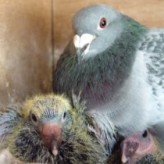 When we discuss breeding, we are not discussing simply how to put two birds together and get offspring. We are discussing how to breed to a higher standard to get the most potential out of our stock. When we start discussing genes and how they work and strategies things get complicated and it’s pretty easy to get lost in the discussion and the research and loose touch with the nuts and bolts of how things work. This is an attempt to bring that discussion to the kitchen table.
When we discuss breeding, we are not discussing simply how to put two birds together and get offspring. We are discussing how to breed to a higher standard to get the most potential out of our stock. When we start discussing genes and how they work and strategies things get complicated and it’s pretty easy to get lost in the discussion and the research and loose touch with the nuts and bolts of how things work. This is an attempt to bring that discussion to the kitchen table.
For simplicity sake, let’s assume you have a great performing pigeon and we’ll use an old term of “sport”. He or she may not have been bred out of birds that themselves were the most outstanding pigeons. Reality is that your new sport is only going to perform for you for 5 or 6 years at the most. You look at him or her and you think, “I would love to have 12 of him or her in my loft and I would be on top of the world!” Any fancier in their right mind would have the same thought.
So you put your sport together with a hen that is proven and you don’t produce anything close to your treasured sport. Now what do you do? At this point, fanciers then start to for the first time to consider things like inbreeding and line breeding in hopes that this may be the way to get a copy of their sport. Now we are starting to walk down the right road. We have a true goal in mind. We are stepping beyond the idea of mating the best to the best, regardless of pedigree for a goal of producing a specific type of pigeon. This is where the strategies of line breeding and inbreeding begin.
It’s easy to get confused when all of a sudden diagrams are in front of us showing the specific matings and rematings of birds required for line breeding and inbreeding. Then you throw into the mix ways of labeling or recording these matings and before you know it, confusion starts to set in the and the basic principal is lost. That is not the intent of the material. That is why I have decided to write this discussion.
Let’s start with our treasured sport. When we look at him, we are looking at the physical manifestation of everything his genetics determined he would become. We already know that there are physical traits that we can see and measure. These are the things in our comfort zone. We also accept that there are qualities about him that we can’t see but have been tested by the basket in training and the races that he has competed. This is also in our comfort zone. Now we have to accept that there are genetics he possesses that were not physically manifested. There are genes that may be superior to what he has become and genes that are negative and undesirable. Both of these types of genes can be passed on to his offspring. The same statement also applies to any mate that you choose for your sport.
Now we have accepted a very important truth. Our sport, regardless of how phenomenal he may be, could genetically posses traits that are undesirable but not physically manifested. Only after we have accepted this truth can we begin our journey towards producing another sport. We have also accepted that there are traits that he has manifested that we can not see and he possesses traits that not only are not manifested, but can be passed down to his off spring.
Now the journey can begin. We talk about gene pools. Mostly we discuss them in the larger scheme. You can consider all the genetics possibilities in your breeding loft as one large gene pool. If you have 12 breeders, every bit of genetic material in their chromosomes is part of your gene pool. But, for inbreeding we have to narrow down this thought to truly get our minds around it. Our gene pool is the genetic material possessed by our one sport.
Every time he is mated 50% of this genetic material is passed own to his offspring (1st generation). If his off spring is mated to an unrelated pigeon, our 2nd generation now only receives 25% of our sports genetic material. The math is easy, within a few generations we are not looking genetically to anything close to our sport.
This is where inbreeding then becomes the tool of choice. By inbreeding we are attempting to increase the amount of genetic material possessed by the offspring from the foundation birds. I use the plural form because our sport can not produce off spring without a mate, so we will always have two foundation birds. In the chapters on inbreeding and line breeding the diagrams always start with a #1 cock and a #2a hen, our foundation pair.
Intensive Inbreeding “A Practical Discussion” Part 1 by Domanski Family Loft

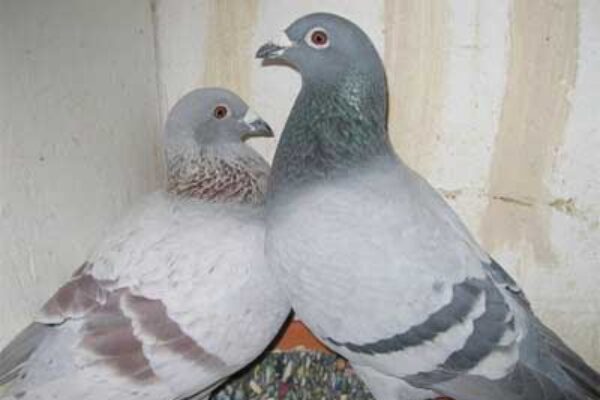
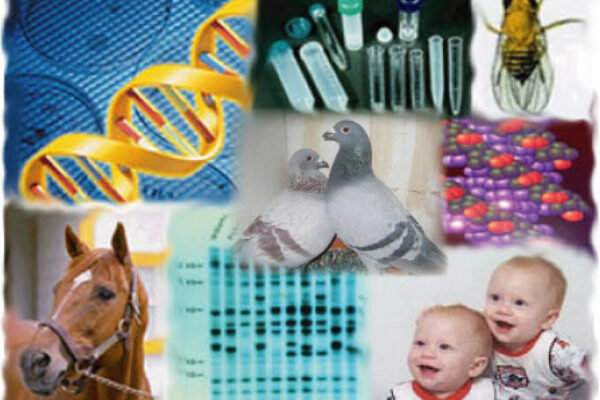
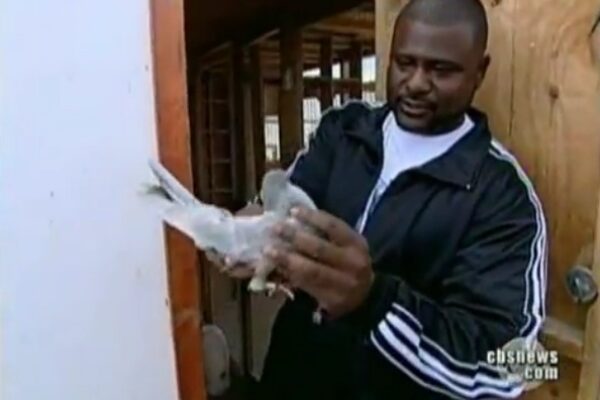
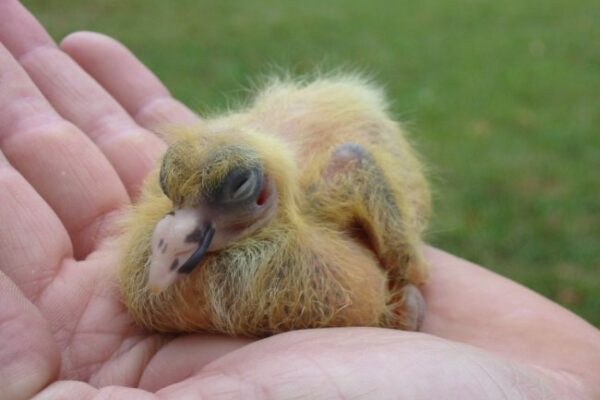
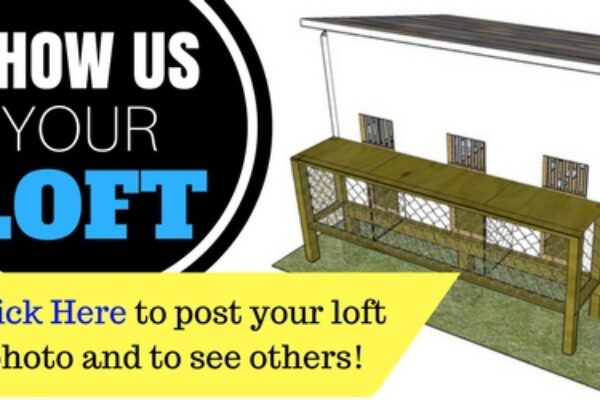
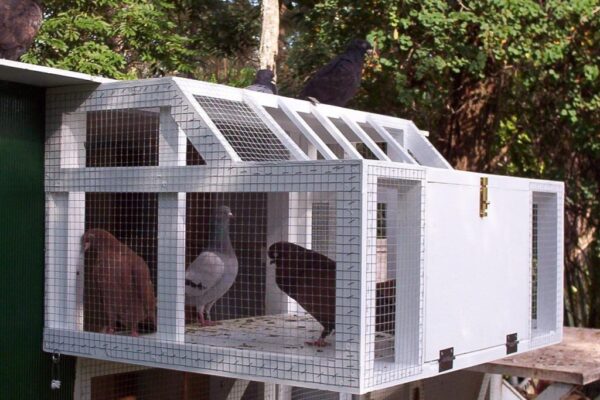


interesting reading
I am very new to this hobby, but I enjoy it immensely and find it truly mystifying. This has been one of the most interesting and enlightening discussions I’ve read so far on breeding. A very well-written and thoroughly-explained process. I don’t actually use my birds for racing…nevertheless, this article helps me understand how one might approach the task of producing a winning bird(s). Fascinating!! My only regret is that I didn’t start earlier in life and I might have enjoyed the challenge of breeding winners.
VERY INTERESTING ARTICLE ,LOOKING FORWARD FOR THE NEXT ONE.
Sound interesting and look forward to reading the next article
look forward to next part
In this day and age of one loft races and instant success..very few flyers will spend the time to put a long range breeding program together…talk about inbreeding..my mentor..Doc Zimmerman bred FULL sister-brother matings for 7 generations…the end result was 600 and 700 mile day birds..14 to 16 hours on the wing..what was his secret?..No secret at all..Mr. Basket was the judge..pigeon flyer’s try to make this game hard..Mr. Basket makes this game easy.
Hi Flylong i have no interest in one loft races i just want to fly my pigeons old birds from 100 to 600 miles and yes mr basket always tell you good or bad and i will keep going that way.If you are a small
team flyer inbreeding is harder because of space but we both know that not all families inbreed well
i still like to out cross first.There are many roads to rome Brad.
Hi Chris this was a very interesting article but as most good breeding programs its going to take
a while But i still like to out cross first Brad.